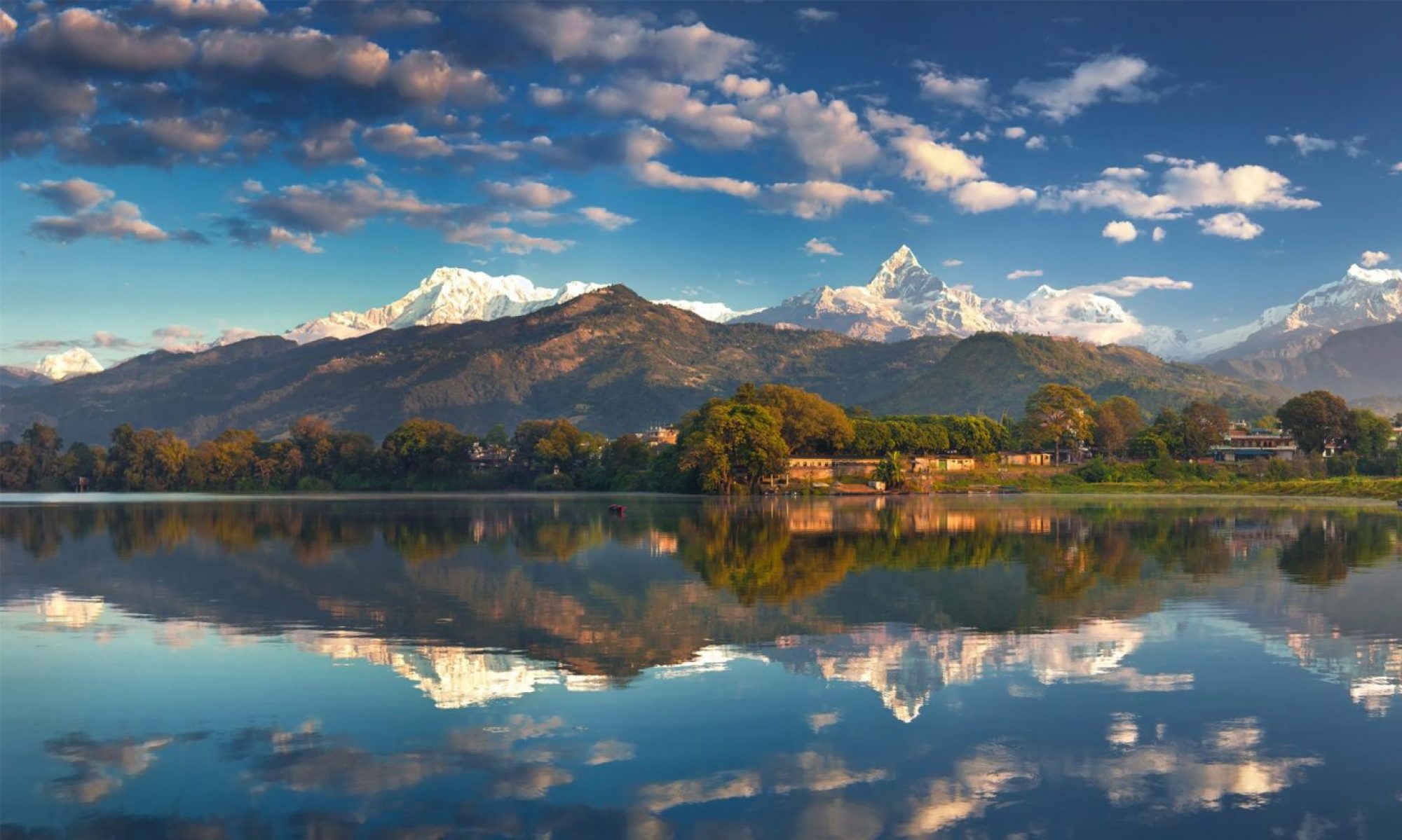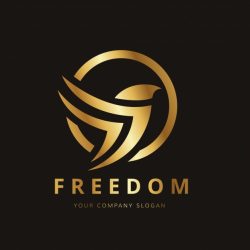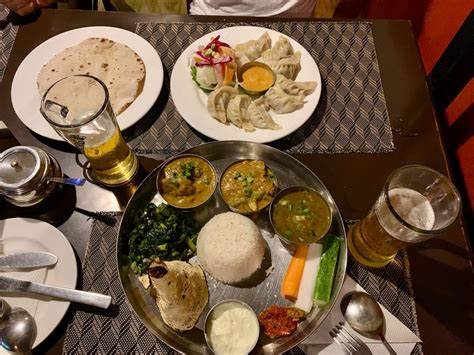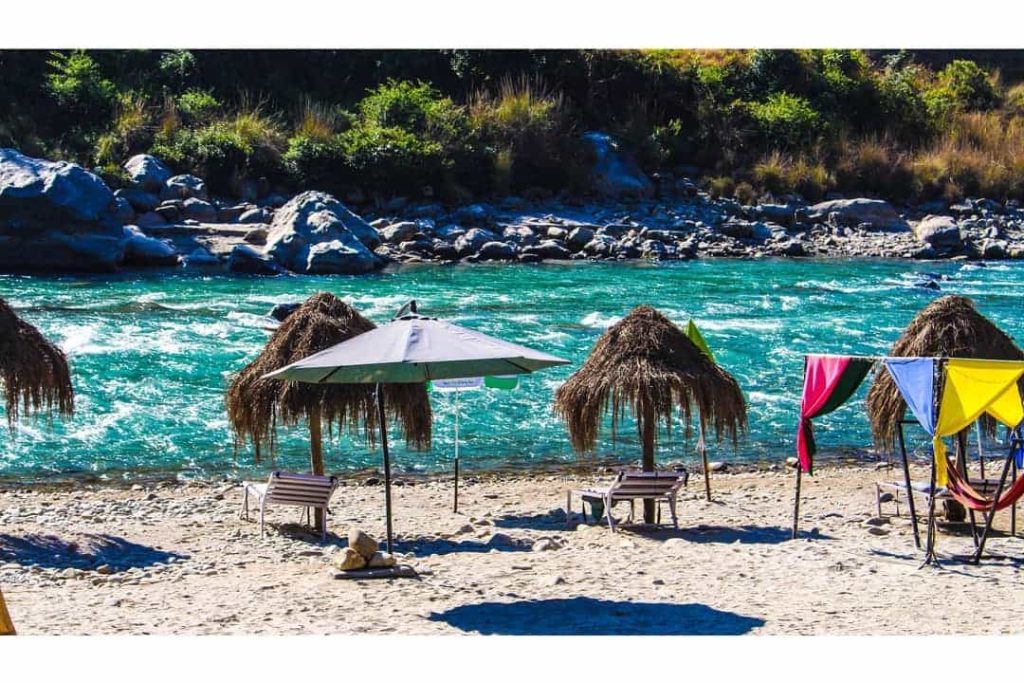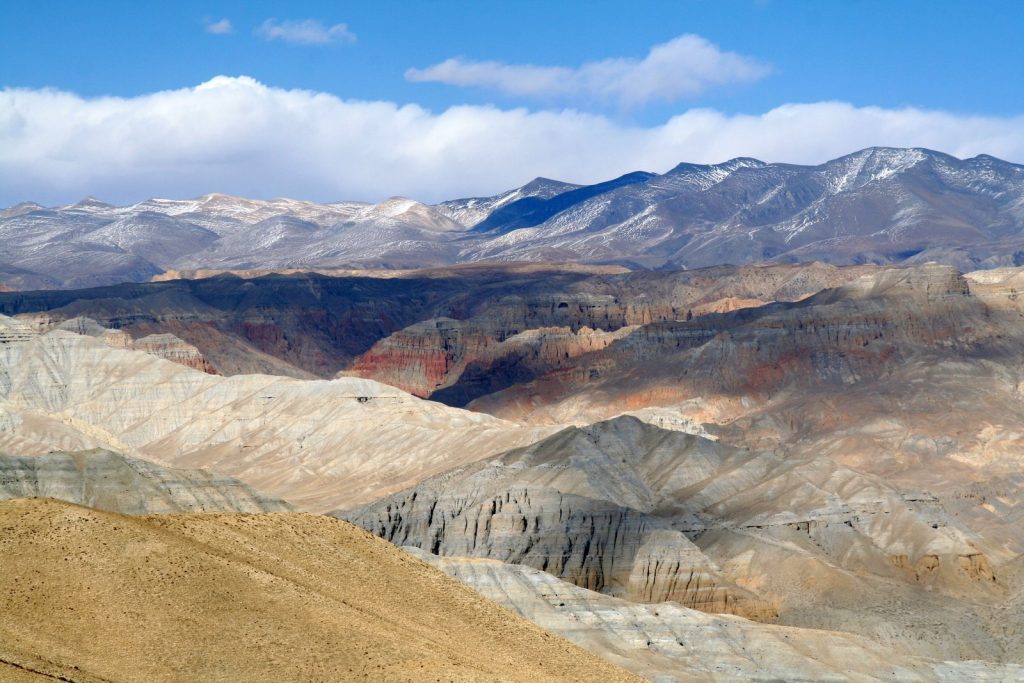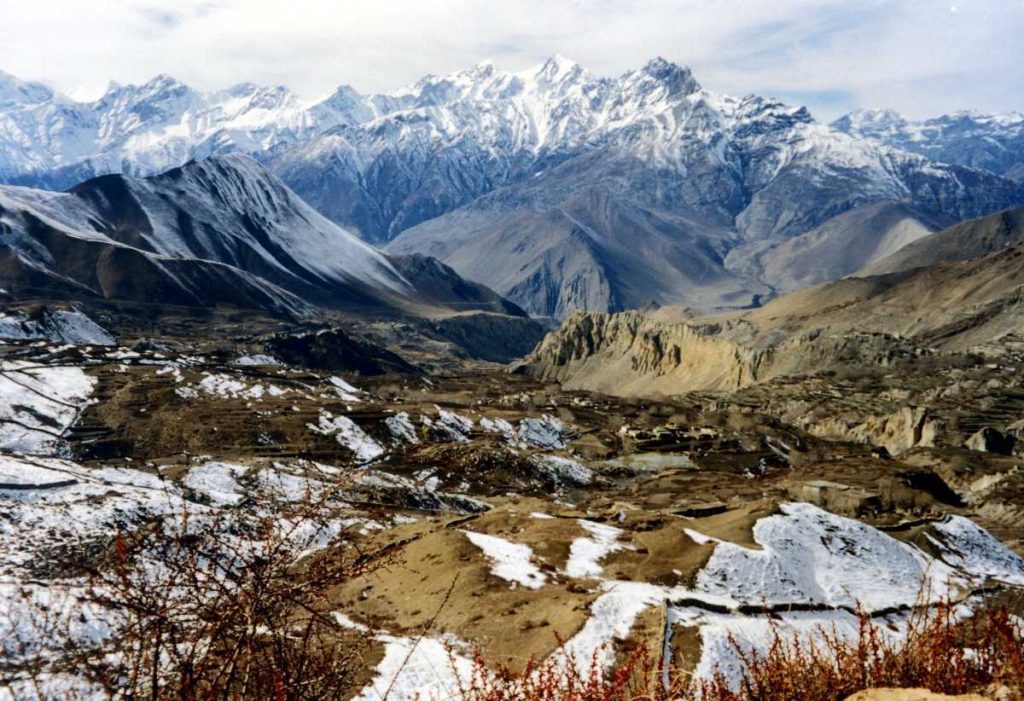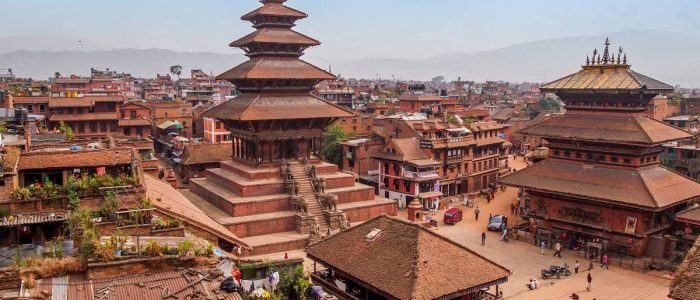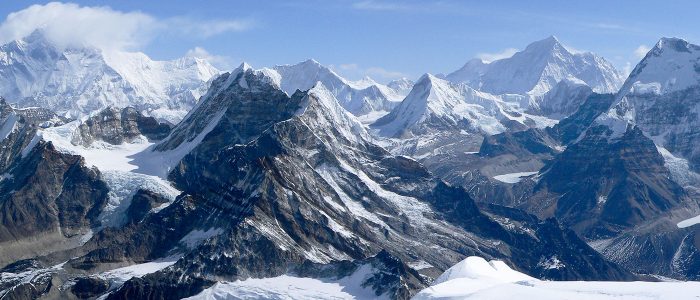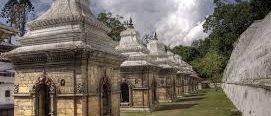
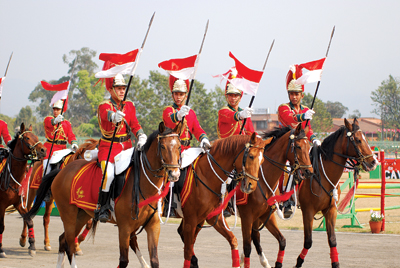

Experience the Magic of Nepal’s Feasts and Occasions
Namaste!
If you are looking for an unforgettable cultural experience, I invite you to visit Nepal and immerse yourself in its vibrant festivals and traditions. Nepal is a country where celebrations never stop, and every festival tells a unique story of history, faith, and unity. As a multi-ethnic, multi-religious, and multi-lingual nation, Nepal welcomes visitors from all around the world to witness and be part of its grand feasts and occasions.
Join Us in Celebrating Major Religious Festivals
- Dashain – The biggest festival in Nepal, celebrated for fifteen days, symbolizes the victory of good over evil. This is the perfect time to experience Nepalese hospitality as families come together, exchange blessings, and indulge in delicious feasts.
- Tihar (Deepawali) – Also known as the festival of lights, Tihar is a mesmerizing festival where houses glow with oil lamps, streets echo with Deusi-Bhailo songs, and families celebrate the bond between siblings. You will love the energy and warmth of this celebration!
- Teej – If you visit during Teej, you will see Nepalese women in beautiful red sarees, fasting, dancing, and praying for a happy married life. This festival is a wonderful reflection of devotion and tradition.
- Chhath – A fascinating festival where devotees worship the Sun God by offering prayers at rivers and ponds. If you want to witness deep faith and discipline, this is a must-see event.
- Holi – If you love colors and joy, Holi is the festival for you! Join the crowds as people throw vibrant colors, splash water, and dance to traditional music to welcome the spring season.
- Buddha Jayanti – Visit Lumbini, the birthplace of Lord Buddha, on this special day to witness peace and spirituality in its purest form. Devotees light lamps and visit monasteries to celebrate the life of Buddha.
Discover Unique Indigenous and Ethnic Festivals
- Maghe Sankranti – A festival of warmth and togetherness, Maghe Sankranti is marked with special delicacies like sesame sweets and yam. A great time to taste traditional Nepalese flavors!
- Lhosar – If you visit Nepal during Lhosar, you will experience the excitement of the New Year celebrations among the Tamang, Gurung, and Sherpa communities, with their unique dances and feasting traditions.
- Gai Jatra – A festival that blends remembrance with humor, Gai Jatra is a fun and meaningful event where masked dancers and lively processions take over the streets of Kathmandu.
- Indra Jatra – One of the most thrilling festivals in Nepal, Indra Jatra features stunning masked dances, chariot processions, and the rare chance to see the Kumari, Nepal’s living goddess.
- Ubhauli and Udhauli – Witness the Sakela dance and join the Rai and Limbu communities in celebrating their ancestral traditions and respect for nature.
Be Part of Nepal’s National and Cultural Festivities
- Nepali New Year (Bikram Sambat New Year) – A fantastic time to visit Nepal, as streets are filled with cultural programs, celebrations, and festive joy to welcome the new year.
- Constitution Day – A proud moment for Nepal, this day marks a significant milestone in Nepalese history and is celebrated with national pride.
- International Everest Day – If you are an adventure lover, this is a great time to honor the climbers of Mount Everest and explore the fascinating history of mountaineering.
- Ghode Jatra – Experience the excitement of horse parades and Nepal Army performances in Kathmandu’s grand Ghode Jatra festival.
Why You Should Visit Nepal During Festivals
Nepal is not just about mountains and trekking; it is also a land of rich cultural heritage and celebrations. Visiting Nepal during these festivals will give you an opportunity to:
- Experience Nepalese hospitality and traditions up close.
- Enjoy delicious traditional foods prepared during feasts.
- Participate in vibrant celebrations filled with music, dance, and rituals.
- Witness the unique blend of religion, culture, and community spirit.
Come and Celebrate with Us!
I warmly invite you to visit Nepal and be a part of our incredible celebrations. Whether you come for Dashain, Holi, Indra Jatra, or any other festival, you will leave with unforgettable memories and a deep connection to Nepal’s culture. Plan your visit and let Nepal welcome you with open arms and endless festivities!
